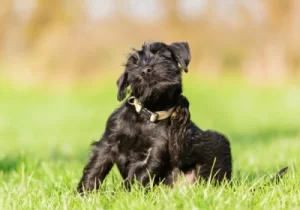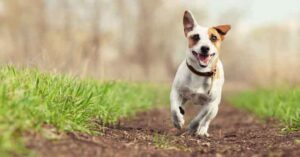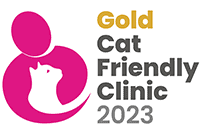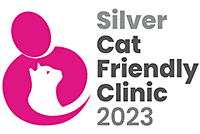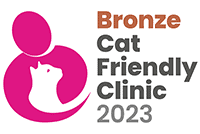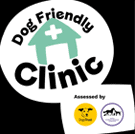 In the spring and summer, it is not unusual to encounter a baby bird on the ground. The immediate response of a kind-hearted human is to take the little orphan home and then try to figure out what to do with it.
In the spring and summer, it is not unusual to encounter a baby bird on the ground. The immediate response of a kind-hearted human is to take the little orphan home and then try to figure out what to do with it.
If the baby appears to be in good condition and too young (a ‘nestling’) to leave the nest, then the first thing you should attempt to do is locate, and if possible, return the baby to its correct nest. If the nest cannot be located then put the bird in a small container, flowerpot or basket up in a tree in the general area where the baby was found. The parents will not reject the bird because it has human smell on it. A ‘nestling’ is a bird not yet fully covered by feathers and has some skin showing. It cannot yet stand on its own.
We have to remember birds naturally look after their families. Finding a baby on the ground (a ‘fledgling’) is not always a sign of distress. ‘Fledgling’ birds are fully covered with feathers even though the wing and tail feathers are still short and partially encased in sheaths as they continue to grow. Baby birds often hop around the ground for up to 2 weeks while the parents continue to look after them and until they learn to fly. Parent birds leave their offspring for brief periods of time to search for food. If you interfere then, the adults may return to find their chick has been taken unnecessarily when in fact they were looking after everything just fine. Human care or rehabilitation is only a substitute. Parental care is by far the best for a baby bird. Careful and patient observation of the young bird will prevent unnecessary separation of families.
Knowing the right time to take a baby bird into your care is based on certain signs that may indicate the parents are not around or the bird is in need of veterinary attention. The following is a list of guidelines or signs to help you make this important decision:
- Blood from nose or beak, swelling or bruising around head indicating possible head trauma.
- Blood, obvious wounds or growths anywhere on the body.
- Limping, dragging or dangling wings or legs.
- Wings or legs protruding at abnormal angles from the body.
- Bird is using wings to move along ground or for support.
- Head tilts, persistent circling motions, twitching, spasms or apparent blindness.
- Bird is not moving at all, lethargic, listless, non-responsive to sound or movement.
- Gasping, sneezing, wheezing or other breathing difficulties.
- Mucous, blood or pussy discharges from eye, nose, ears, mouth or anus (vent).
For more information please visit: http://www.rspca.org.uk/allaboutanimals/wildlife/orphanedanimals



